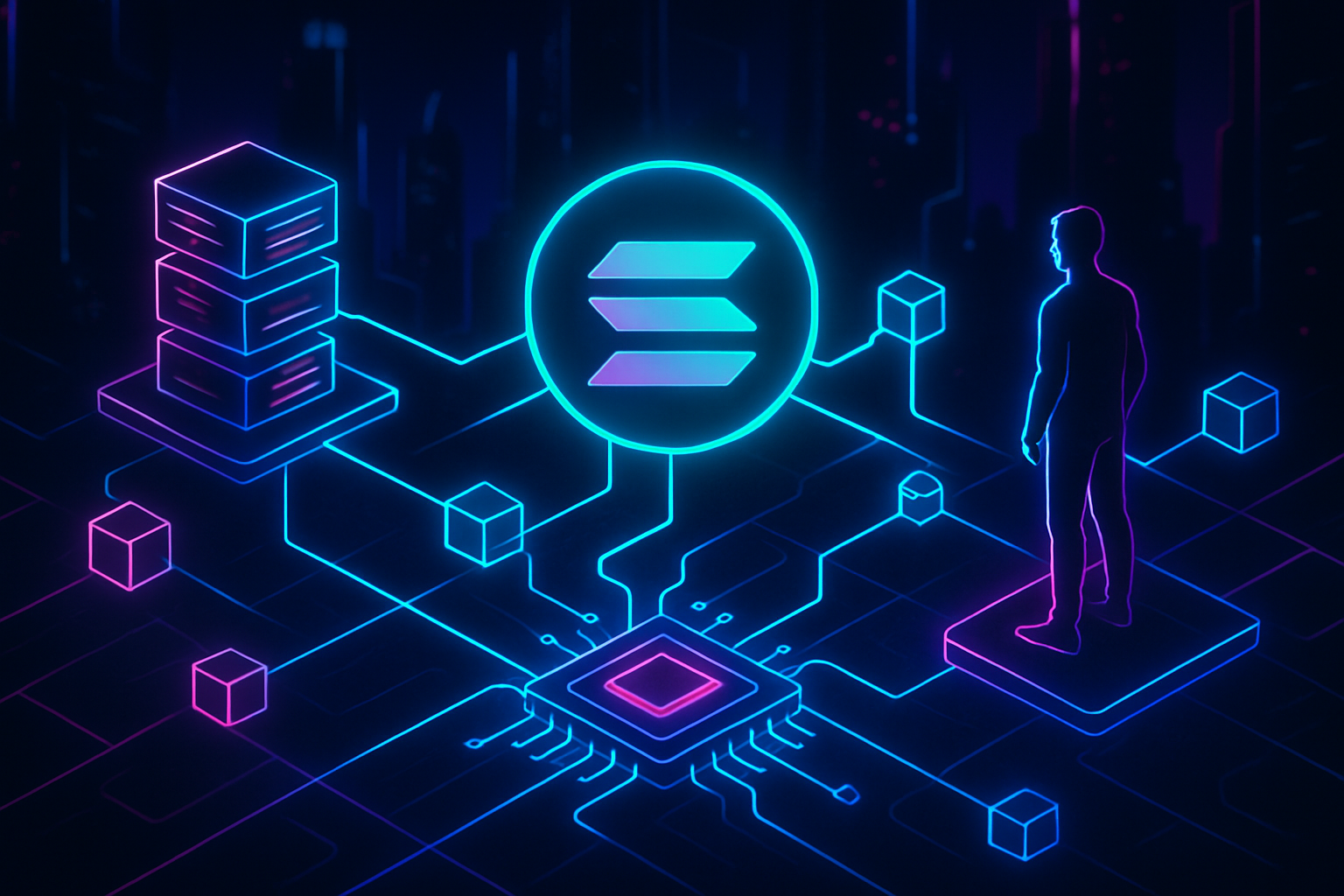
As Solana’s DePIN (Decentralized Physical Infrastructure Network) movement accelerates, one consensus mechanism is quietly transforming how contributors are recognized and rewarded: Proof-of-Contribution (PoC). In a landscape where real-world infrastructure meets blockchain, PoC is the engine powering fair reward distribution, ensuring that every node operator, hotspot deployer, or data collector on Solana gets their due. With Solana currently trading at $237.49, the network’s robust technical foundation and low-latency architecture are setting the stage for a new era of decentralized infrastructure that actually works for its participants.
Why Proof-of-Contribution Matters in Solana DePIN
Traditional blockchains often rely on Proof-of-Work or Proof-of-Stake to validate transactions. But DePINs demand something different: a way to verify that physical-world contributions, like running a WiFi hotspot or mapping city streets, are both authentic and valuable. That’s where PoC shines. By leveraging Solana’s speed and scalability, PoC protocols can securely register, validate, and timestamp these contributions with minimal friction.
Take Helium’s “Proof of Coverage” or Hivemapper’s “Proof of Location” as prime examples. These systems use cryptographic checks to ensure contributors aren’t just claiming rewards, they’re actually delivering value to the network. This shift from resource-based consensus to contribution-based verification is what gives Solana DePIN projects their edge in transparency and fairness.
How PoC Consensus Works: Under the Hood
The nuts and bolts of proof of contribution Solana mechanisms come down to three key steps:
- Submission: Participants submit verifiable proofs of their physical-world actions (e. g. , location pings, bandwidth provided).
- Verification: Distributed node operators, or specialized validators, confirm these proofs using cryptographic methods.
- Consensus and Rewards: Once verified, contributions are logged on-chain and trigger automated rewards in project tokens or SOL.
This process isn’t just theoretical; it’s already live in top projects across the ecosystem. For example, Roam incentivizes users to deploy WiFi hotspots by rewarding them with ROAM tokens only after their coverage is cryptographically validated, no free rides for idle hardware.
The Role of Node Operators in Fair Reward Distribution
The evolution of DePIN consensus mechanisms on Solana has led to increasingly decentralized models. Projects like Jito Network are experimenting with custom protocols where staked node operators reach agreement on which contributions are legitimate, a step beyond simple centralized validation. This distributed approach helps prevent fraud while ensuring that rewards flow only to those genuinely strengthening the network.
The result? A more robust system for fair reward distribution DePIN, one that fosters trust among participants and attracts new contributors seeking reliable passive income streams from real-world activity, not just speculation.
Solana (SOL) Price Prediction 2026-2031
Forecast based on DePIN adoption, PoC consensus trends, and Solana’s ecosystem growth as of Q4 2025.
| Year | Minimum Price | Average Price | Maximum Price | Year-over-Year % Change (Avg) | Market Scenario Insights |
|---|---|---|---|---|---|
| 2026 | $195.00 | $265.00 | $355.00 | +12% | DePIN networks drive steady adoption; minor regulatory headwinds possible. |
| 2027 | $220.00 | $320.00 | $460.00 | +21% | Increased PoC adoption and new DePIN projects boost network activity. |
| 2028 | $240.00 | $385.00 | $590.00 | +20% | Potential bull cycle; mainstream DePIN use cases emerge, but competition intensifies. |
| 2029 | $260.00 | $430.00 | $710.00 | +12% | Market matures; regulatory clarity improves, but some volatility remains. |
| 2030 | $250.00 | $410.00 | $800.00 | -5% | Possible market correction after prolonged growth; long-term investors accumulate. |
| 2031 | $270.00 | $470.00 | $950.00 | +15% | Renewed market optimism; DePIN infrastructure adoption accelerates. |
Price Prediction Summary
Solana (SOL) is projected to experience moderate to strong growth through 2031, primarily driven by the increasing adoption of Decentralized Physical Infrastructure Networks (DePIN) and Proof-of-Contribution (PoC) consensus models. While 2026-2028 may see the strongest gains as DePIN matures and finds real-world use cases, later years could see corrections followed by renewed optimism as the ecosystem stabilizes and regulatory clarity improves. Minimum and maximum price scenarios account for both bull and bear market cycles, as well as external risks and competition.
Key Factors Affecting Solana Price
- Adoption rate of DePIN and PoC consensus models on Solana
- Expansion of real-world use cases and mainstream partnerships
- Overall crypto market cycles (bull and bear periods)
- Regulatory changes impacting DePIN and staking
- Technological advancements and network upgrades
- Competition from alternative Layer 1 and DePIN platforms
- Macroeconomic conditions affecting investor sentiment
Disclaimer: Cryptocurrency price predictions are speculative and based on current market analysis.
Actual prices may vary significantly due to market volatility, regulatory changes, and other factors.
Always do your own research before making investment decisions.
Solana DePINs: The New Frontier for Contributors
If you’re eyeing opportunities in this space, now is prime time to get tactical. With SOL holding strong at $237.49, the incentives for early adopters have never been clearer, and as more use cases go live, expect competition (and sophistication) among consensus models to ramp up fast.






